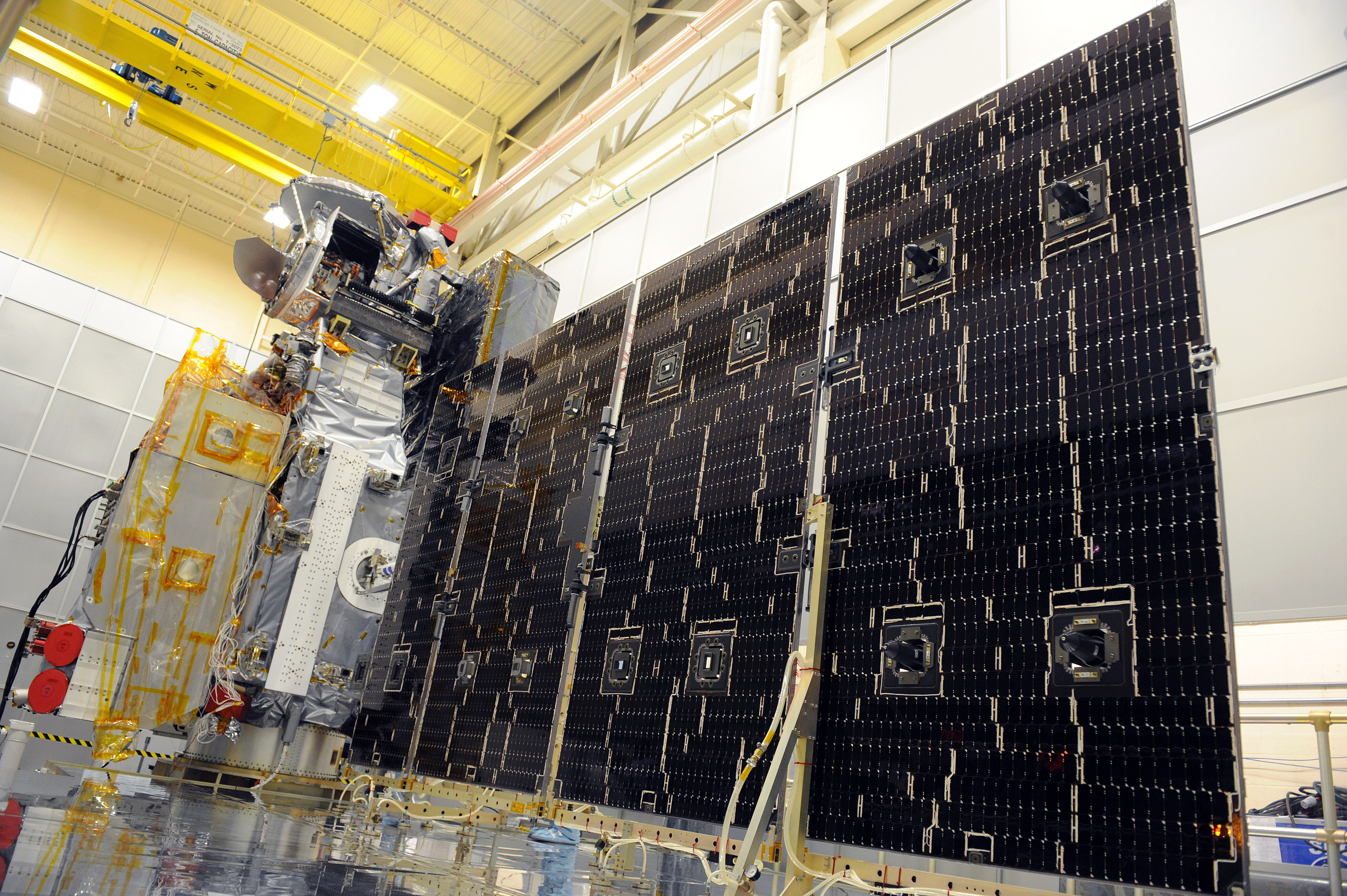Deployment Test of GPM Solar Wings

Content which is affiliated solely with the Global Precipitation Measurement Mission.


This video montage shows scenes from the test deployments of both GPM Core satellite solar arrays in a clean room at NASA's Goddard Space Flight Center in Greenbelt, Md., in June 2013.
Learn More
This animation depicts the various components of the GPM Microwave Imager (GMI).
Researchers need accurate and timely rainfall information to better understand and model where and when severe floods, frequent landslides and devastating droughts may occur. GPM’s global rainfall data will help to better prepare and respond to a wide range of natural disasters.
Video Text:
Dalia: GPM will help us to understand precipitation extremes. And this is everything from too much rainfall, such as flooding in India or Southeast Asia, to too little rainfall such as drought in the U.S. Southwest.
The short video, 'For Good Measure' explains why scientists turn to satellites to get a worldwide view of rainfall.
Click here to view the full featured story.